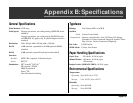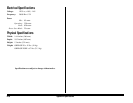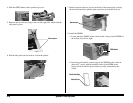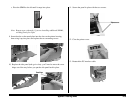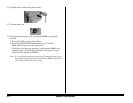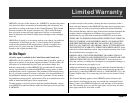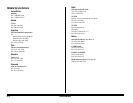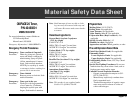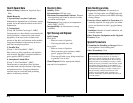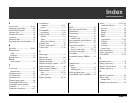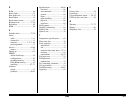
English–73
Material Safety Data Sheet
OKIPAGE 20 Toner,
P/N 40468801
MSDS # 58328701
For more information, contact Okidata at:
532 Fellowship Road
Mount Laurel, NJ 08054
Emergency Information: 1-800-OKIDATA
Emergency First Aid Procedures
Emergency: Toner swallowed (ingested)
Procedure: Dilute by giving two glasses of
water and induce vomiting by
administering Syrup of Ipecac
(follow manufacturer’s instruc-
tions). Seek medical attention.
NEVER give anything by mouth
or attempt to induce vomiting in a
person who is unconscious.
Emergency: Toner inhaled
Procedure: Remove person to fresh air. Seek
medical attention.
Emergency: Toner gets in the eyes
Procedure: Flush eyes with large quantities
of cool water for 15 minutes,
keeping the eyelids open with
fingers. Seek medical attention.
Note: Small amounts of toner on skin or cloth-
ing can easily be removed with soap and
cold water. Hot water makes toner harder
to remove.
Hazardous Ingredients
Styrene-Butyl Acrylate Copolymer
(91% by weight)
CAS# 25767-47-9
OSHA TWA 15 mg/m
3
for total dust
ACGIH TLV 10 mg/m
3
for total dust
Carbon Black (5-7% by weight)
CAS# 1333-86-4
OSHA TWA 3.5 mg/m
3
ACGIH TLV 3.5 mg/m
3
Paraffin Wax (less than 3% by weight)
CAS# 8002-74-2
OSHA TWA 2 mg/m
3
for total dust
ACGIH TLV 2 mg/m
3
for total dust
Amorphous Fumed Silica
(less than 1% by weight)
CAS# 67762-90-7
OSHA PEL 15.0 mg/m
3
for total dust
ACGIH TLV 10.0 mg/m
3
for total dust
Note: This product is not regulated under
Section 313 of SARA, Title III.
Physical Data
Melting Point: 110°C (230°F)
Boiling Point: Not applicable
Vapor Pressure: Not applicable
Vapor Density (Air=1): Not applicable
Evaporation Rate (Butyl Acetate=1): Not
applicable
Specific Gravity (H
2
O=1): 1.15
Solubility in water: Negligible
Appearance and odor: Black granules, no odor
Fire and Explosion Hazard Data
Flash Point (Method Used): Not applicable
Flammable Limits
Lower Explosive Limit: Not applicable
Upper Explosive Limit: Not applicable
Extinguishing Media: Water, CO
2
, Dry Chemi-
cal, or Foam
Special Fire Fighting Procedures: Do not use
methods that may create a dust cloud, such as
high pressure water and/or steam
Unusual Fire and Explosion Hazards:
- Organic components decompose at 392-
851°F (200-455°C).
- Material may explosively combust when
finely suspended in air.
- Thermal decomposition of organic compo-
nents may result in release of oxides of
carbon and nitrogen.



